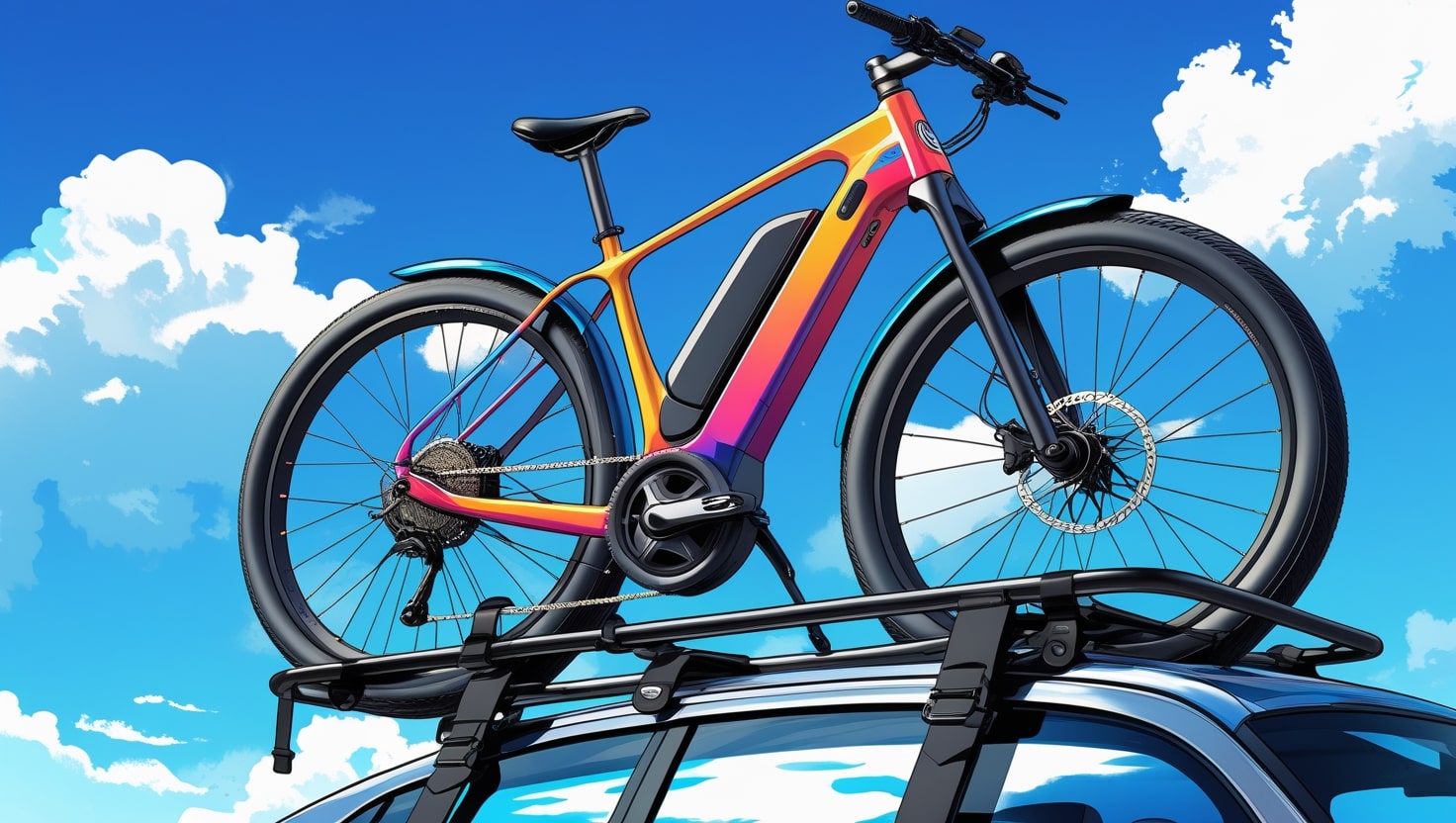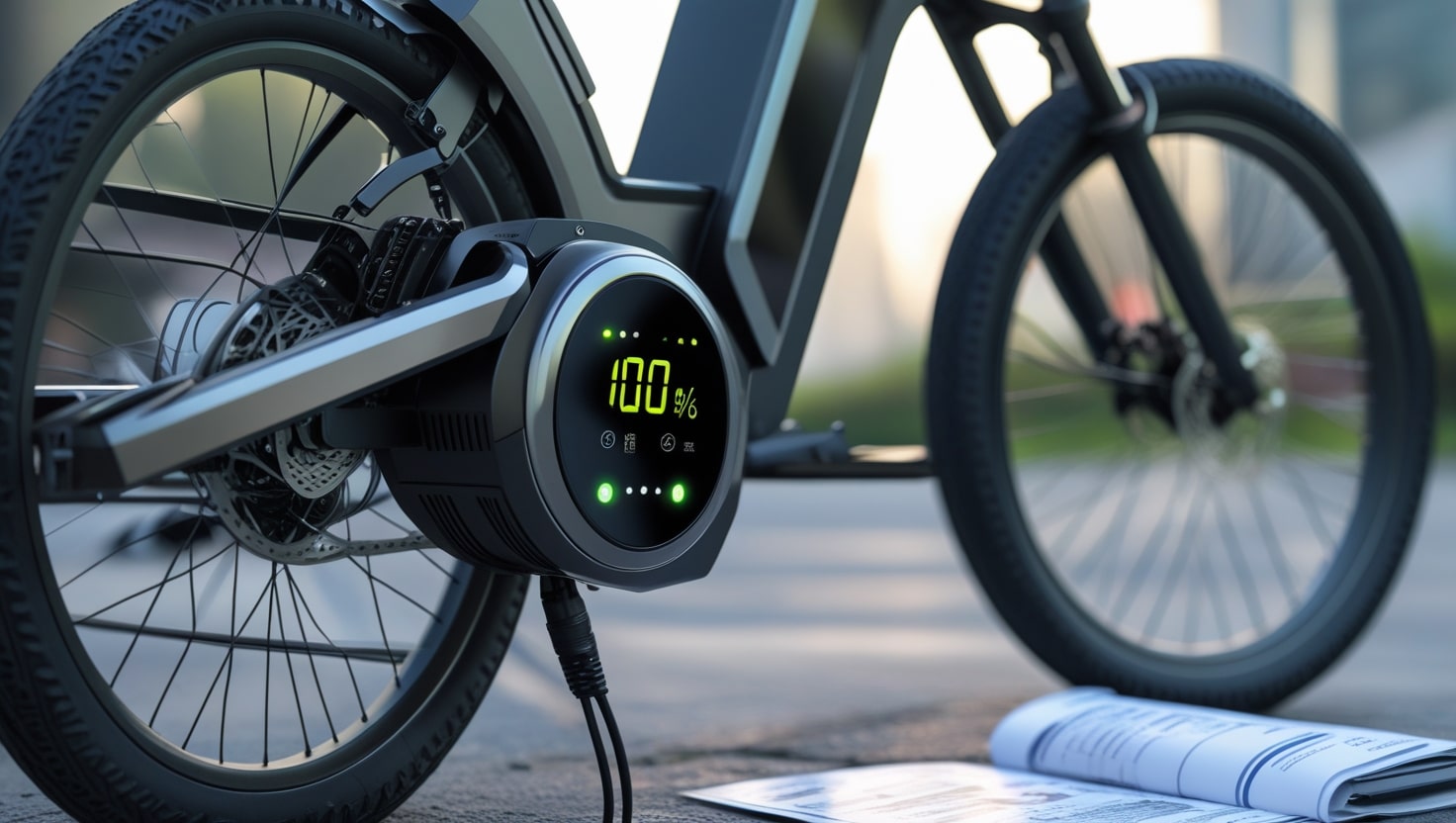When it comes to motorcycle maintenance, knowing how often oil change for motorcycle should be done is one of the most crucial preventive tasks. Keeping your bike running smoothly requires regular attention, especially when it comes to oil changes. Many owners tend to overlook this simple task, which could lead to costly repairs down the line.
If you let the oil sit for too long, it can cause major trouble for your engine, resulting in more time and money spent on fixing your ride. In my own experience, skipping an oil change only resulted in a broken-down bike on the side of the road. It’s far more effective to follow a routine maintenance schedule, so your vehicle stays in top condition and your riding experience remains safe.
While it may seem like just another task, oil changes are critical for your bike’s safety and performance. Most manufacturers suggest you should change your oil every 3,000 miles or every six months, but it’s always wise to check your vehicle’s manual for more details. By staying on top of this preventive measure, you can avoid expensive repairs and keep your bike on the open road without interruption. Plus, it gives you the peace of mind that you’re taking the right steps to effectively maintain your bike.
Related Post: How Heavy is a Motorcycle?
How to Tell if Your Motorcycle Oil Should Be Changed
Like cars and trucks, the frequency of oil changes for motorcycles can vary depending on how the bike is used. Not all miles are created equal—faster riding styles and tougher conditions can shorten the interval between oil changes.
Regardless of the conditions, here are some clear signs that it’s time for an oil change:
- If you notice higher engine heat while riding, it could be time for an oil change. Hotter air blowing on your leg may indicate a hotter engine.
- New engine oil is typically thick and can range in color from blue to medium brown. If the oil appears darker and thinner, it’s likely been exposed to repeated high temperatures and should be replaced.
- A leak in the bike or any obvious leaks will require more than just an oil top-up. In such cases, have it serviced by a professional at a motorsports department.
- Listen for harsh, grinding sounds from the engine, as this could be a sign of hard running and worn oil.
- Over extended use, engine oil can burn away or lose its effectiveness, so keeping an eye on your oil levels and operating temperatures will help you catch any issues before they become concerning.
Routine Oil Changes Are Still Important
Even if you don’t notice any warning signs or overt issues with your motorcycle, it’s essential to follow the manufacturer’s recommended schedule for an oil change. Typically, you should replace the oil once a year or every 3,000–5,000 miles, depending on your riding habits. Some synthetic or semisynthetic oils might claim to last longer, up to 5,000–6,000 miles, but results are often mixed. If you’re riding a new street bike, the first oil change might be due as early as 750 miles. Always check your service manual for precise details.
If you ride often or under tough conditions, like long distances or on rough roads, it’s important to monitor for thresholds like increased mileage or engine performance issues. Sometimes, despite using extended ranges of oil, you’ll need to have the oil replaced sooner, especially if your bike hits one of these thresholds. Whether you’re maintaining a street bike or any other type of motorcycle, regular oil change frequencies help keep your bike running smoothly. You can also visit a service center to assess your bike’s condition and explore different options in their inventory to keep up with regular service intervals.
Related Post: Can You Buy a Motorcycle Without a License?
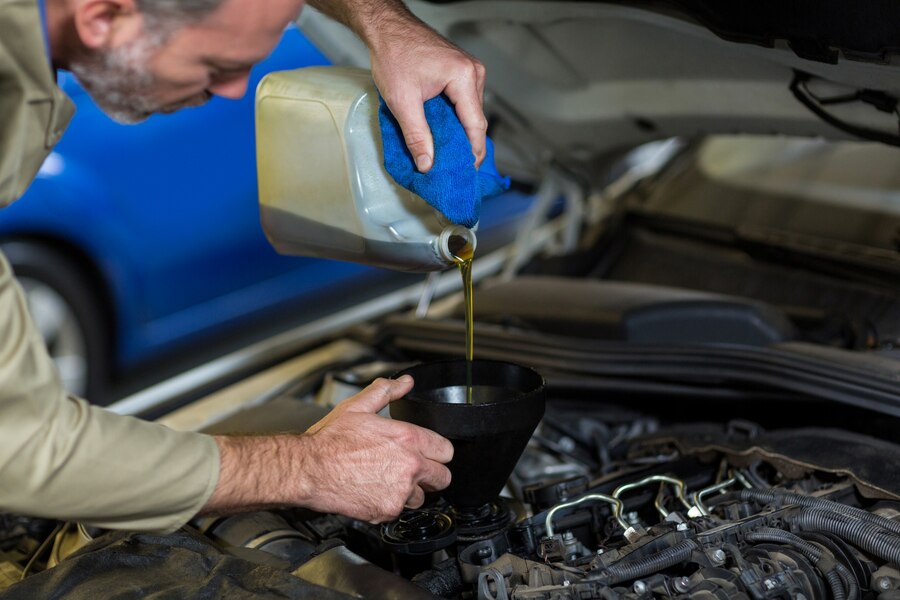
What Happens Without Regular Oil Changes?
- Failing to perform regular oil changes can lead to the disrepair of your motorcycle’s engine.
- Dirty or sludgy oil will reduce the efficiency of your engine, resulting in overheating and reduced power output.
- Impaired oil circulation can cause dry, grinding gears, leading to accumulated wear and damage over time.
- If neglect continues, you might face the need for a total engine rebuild, which is far more expensive than regular maintenance.
- Remember, “oil is cheap – but engines are not,” making it vital to stay ahead of these potential issues.
Why Motorcycle Oil Matters
Keeping your motorcycle’s engine running smoothly depends on regular oil changes. The oil keeps the internal components and moving parts well-lubricated and provides crucial protection from wear and tear.
Without fresh oil, foreign particles can build up, causing the engine to slow down and making it harder for the parts to function properly.
A consistent oil change not only addresses these concerns but also ensures the cleaning of vital parts, allowing them to work with ease and extend the lifespan of your bike.
Related Post: Can You Ride a Motorcycle in the Rain?
What Does It Mean to Change Your Motor Oil?
Changing motor oil is an essential part of maintaining your bike’s health. This requires draining the used, dirty oil and refilling the engine with a fresh, clean supply. This process helps to flush out any foreign matters or metal shavings that have accumulated over time, which could be hazardous to your engine.
Without fresh oil, your motorcycle oil becomes less effective at lubricating and cooling the engine’s moving parts, leading to potential damage. Since your bike’s oil is replaceable, it’s crucial to perform this task regularly to avoid long-term issues.
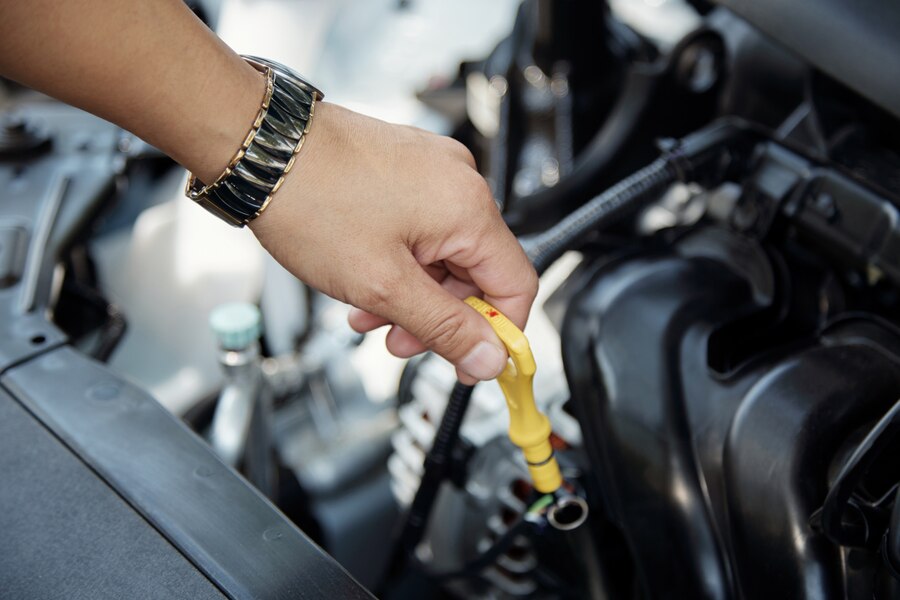
What Are the Different Types of Motorcycle Oil?
Each type of oil serves a specific purpose. The right oil for your motorcycle depends on the type of bike you have, how you ride, and the climate where you live.
Mineral
Mineral oils are made from refined crude oil and are known to protect your engine and its vital internal parts. However, they are often less efficient than synthetic options and may require quicker replenishment due to their tendency to break down faster under intensive stress.
While cheaper than other oil types, mineral oils are not as effective in handling the high demands that your engine’s components face during regular use, especially in more challenging conditions.
Related Post: How Much Does Motorcycle Weigh
Synthetic
Synthetic oils are highly refined and have lower levels of impurities compared to mineral oil. Because they are more chemically based, they offer greater efficiency in preventing wear and tear, especially under intensive pressure from high-speed or continuous engine use. Synthetic oil also performs better in extreme heat, as it does not break down easily and can withstand damage caused by excessive heat during operation.
Semi-synthetic
Semi-synthetic oil is a mix of traditional mineral oil and synthetic oil, making it a good option for those who want to maximize the benefits of both types. It is designed to provide better performance and protection than mineral oil alone, while still being more affordable than full synthetic oil.
Signs Your Motorcycle Oil Needs Changing
It is important to recognize the warning signs on your motorcycle, so you can change the motor oil right away. This will reduce the risk of engine damage or failure during your ride.
Keep these key indicators in mind when deciding when it’s time for an oil change on your bike.
Related Post: How Many Miles Do Motorcycles Last?
Low Dipstick
If your motorcycle has a low dipstick, it’s a sign that you need to change the oil to maintain the proper oil level for your bike to run smoothly. Some bikes come with oil windows that make it easy to check if the oil has dropped to a low level, while others use a dipstick, a metal rod-like strip in the oil pan. You can use the dipstick inspection method to inspect the oil levels before riding, but always refer to your owner’s manual to ensure you’re checking the oil correctly.
Excess Vibrations
When you’re riding your motorcycle at high speeds and notice unusual vibrations, it could be a symptom of dirty oil. This happens when the engine isn’t properly lubricated, causing metal parts to start banging together. A lack of clean oil makes it harder for the engine to run smoothly, leading to increased vibrations that can affect your ride.
Loud Noises
If your engine oil becomes dirty and less slippery, it can cause alarming sounds while riding. This happens because the internal components, like metals and foreign bodies, may start rattling together, producing unusual sounds that get louder over time. With fresh engine oil, however, these parts will glide smoothly, making your bike sound calm and clean again.
Increase Temperature
If you notice an increased temperature while riding your motorcycle, it could be a sign that your engine is running too hotter than usual. This is a warning that the vehicle might overheat, which can lead to serious damage if not addressed. To avoid this, you should change motor oil regularly. Keeping fresh oil in your bike helps to cool the engine and prevent overheating, ensuring a smooth ride.
Related Post: Top 5 Best Electric Motorcycle for 10-Year-Olds
Engine Seizure
Running your bike with low oil is a critical threat to the engine’s components. When there isn’t enough oil, the parts can start to rub together and heat up, causing serious damage. If the bike’s pistons touch the cylinder walls, it can lead to an engine seizure, which may result in total engine failure and issues with the transmission.
How to Change Your Motorcycle Oil
If you want to save some money, changing your engine oil is an easy task that you can handle yourself. However, proper steps must be taken to ensure both safety and efficient oil changes.
Prepare what you need
Be sure to gather all the necessary oil change materials and have them close at hand before starting the job.
These are the items you need:
- Goggles: Protect your eyes from splashes or debris during the oil change process.
- Strap wrench: Helps in loosening or tightening the replacement oil filter.
- Gloves: Keep your hands clean and safe from hot oil or dirt.
- Replacement oil filter: Ensure you have the correct filter based on your motorcycle’s specifications.
- Drain pan: Essential for catching the old oil as it drains from the engine.
- Sealing washers or filler-hole gaskets: These are necessary to prevent leaks after the oil change.
- Funnel: Makes pouring the suggested type of oil easier and prevents spills.
- Torque wrench: Ensures the drain plug and other parts are secured at the proper tightness.
- Motorcycle stand: Keeps the bike stable while you’re working on it.
- Drain plug: Used to release the old oil from the engine.
- Rags: Useful for wiping up any spills or cleaning up during the process.
- Footwear: Wear protective shoes to avoid any accidents or oil spills on your feet.
Related Post: Exploring the Top 12 Best MPG for Motorcycles
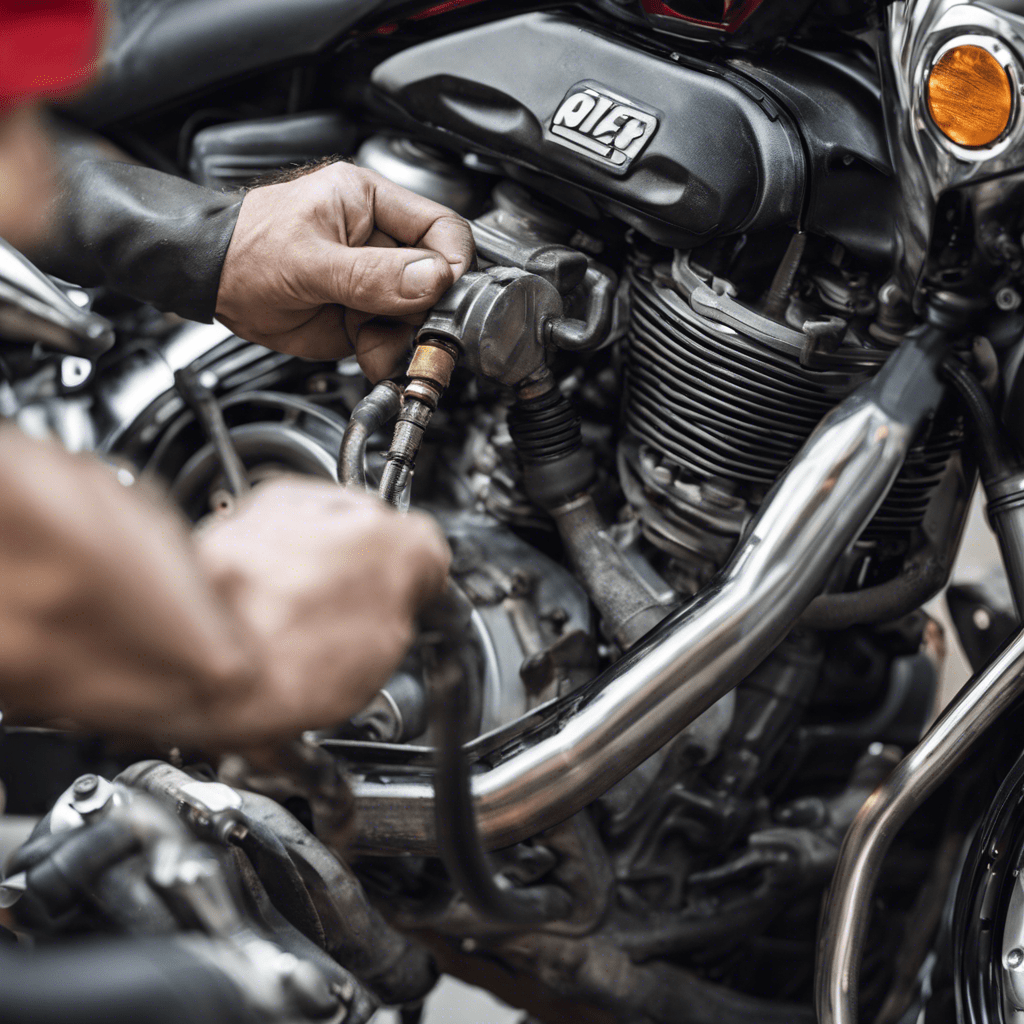
Ensure safety in your working area
Before starting an oil change, ensure your working area is secure. Find a safe area with stable ground where there’s less distraction and it’s away from children and pets. Lay out your materials on a protective cover like cardboard or a mat to keep things organized. Make sure your motorcycle is on the center stand for stability, and always refer to the instructions in your owner’s manual to follow the proper guidelines for the task.
Warm your engine
Before performing an oil change, it’s best to ensure the oil is warm for easier draining. If you’ve just come from a long ride, wait until the engine cools down before you drain the oil. However, if your vehicle has been sitting around for a while, you should warm it up for about 30 minutes to get the oil flowing. For an air-cooled motorcycle, you don’t need to do this step, as the oil drains slowly when it’s warm.
Drain the oil
To start, place the drain pan beneath the oil drain plug of your motorcycle. Carefully open the plug and let the dirty oil from your engine flow into the pan. This will remove the old oil, ensuring your bike is ready for fresh oil.
Replacing the Oil Filter
When you’re changing your motorcycle’s oil, it’s a good idea to replace the filter as well. Start by using a wrench to remove the old oil filter, allowing any excess oil to drain into the pan. After that, you can install the new filter and add oil to it for a smooth break-in. This ensures the system is clean and ready to work efficiently with the fresh oil.
Related Post: Top 5 Best Bluetooth Helmets for Motorcycles
Replace the drain plug
While some may reuse the same drain plug, it’s generally recommendable to use a new plug after you remove the oil. Once the oil is drained, place the new plug in its spot and tighten it securely with a torque wrench to ensure there are no leaks.
Put the right amount of oil
It’s important to check your owner’s manual for the specific amount of oil your motorcycle needs. Follow the oil recommendation carefully to ensure you’re adding the right amount. Overfilling can overload the system, leading to spilling and leakage. An overloaded crankcase can also create excess pressure, which may cause issues with the engine’s system.
Check the oil level
After placing oil, it’s essential to ensure there is no leakage around the drain plug. Take your motorcycle for a short ride and return to the garage to inspect the oil level. Also, inspect the path you rode on for any drops of oil, as this could indicate a problem with the oil system.

What engine oil should I use on my motorcycle?
For older bikes, it’s best to use mineral-based motor oil due to their design. Using synthetic or semi-synthetic oils on these bikes is not advisable as they can be prone to leaks because of the oil’s viscosity.
If you have a modern motorcycle, you can opt for either fully-synthetic engine oils or semi-synthetic options.
If you’re unsure about the best choice, it’s a good idea to book an appointment at Full Throttle and let a mechanic inspect your bike to help determine the right oil for your motorcycle.
Should I change the oil filter every time I change the oil?
Yes, it’s a good idea to replace the oil filter whenever you change the oil, especially if you use synthetic oil. The oil filter helps trap debris, dirt, and sludges inside the crank base, keeping the oil clean and extending its long life.
Most bikes recommend changing the filter every 2,000 to 3,000 miles.
If you frequently travel long distances, it’s even more important to use a new oil filter with each oil change. For professional help, you can book an appointment with Full Throttle, a trusted service provider for motorcycles in Houston.
How Much is a Motorcycle Oil Change
The cost of a motorcycle oil change can vary depending on the location of your maintenance provider and the engine oil type being used. The price typically doesn’t include additional services like changing the oil filter or replacing other parts that your mechanic might suggest after checking your bike.
While you may only spend a few dollars for a regular motorcycle oil change, neglecting this preventive measure could lead to costly repairs and a considerable amount of money spent in the future.






